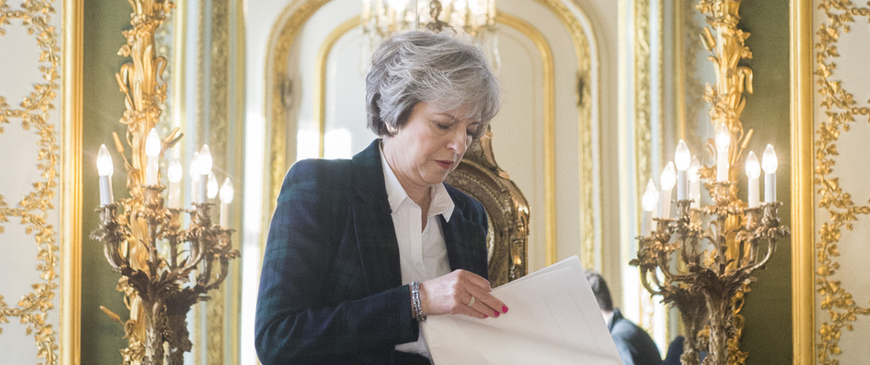
What does Theresa May’s speech tell us about how Britain will leave the EU?
Until now, Theresa May’s government has avoided being open about the trade-offs that Brexit entails: the more that Britain restores sovereignty, the greater the economic costs. In her Lancaster House speech, May came closer to admitting the existence of trade-offs. She said Britain would leave the EU’s single market and customs union. Now there will be a real debate in Britain on the price of Brexit.
May will seek a Free Trade Agreement (FTA) with the EU, which means negotiating access to the single market, sector by sector. She said she wants “an agreement about our future relationship by the time the two-year Article 50 process has concluded”. That is very ambitious; FTAs often take five years or longer to negotiate. And there will be much to negotiate in addition to the FTA, on issues like security. Working out the framework of the future relationship in two years may be feasible — Article 50 provides for that — but the details will take much longer. Sensibly, May has committed herself to an ‘implementation phase’, to start when Article 50 is concluded, which will in practice last until the various negotiations are completed. But it was unwise of No 10 to brief after the speech that everything would be negotiated in two years, because it will not be.
Nevertheless many British-based companies will be unhappy with the speech. Quitting the single market means financial firms will lose passporting — the right to do business across the EU from a UK-regulated base (May hardly mentioned the City of London, to which she often appears indifferent).
Meanwhile many manufacturers, such as car-makers and aerospace firms, will fret about losing the customs union. Their integrated supply-chains sometimes require products to cross frontiers five or six times. They will now have to worry about tariffs (on some goods), rules of origin, checks for compliance with EU standards and possible delays at the border. Clever agreements on ‘customs facilitation’ may curb some of the hassle. But it was notable that when May discussed the Irish border, she could not promise that customs controls would not return. Many Irish — from north and south — will worry about the impact on the peace process.
Given that May’s message was hard, she wisely addressed her audience of ambassadors with a soft tone. She affirmed that she wanted the EU to succeed. She was right to remind the 27 that the UK contributes a lot to their security. But she also made a threat that rang hollow: “If we were excluded from accessing the single market, we would be free to change the basis of Britain’s economic model”. That implies that Britain could choose to be a low-tax, low-regulation country like Singapore. But other parts of the speech reminded the audience why May’s own brand of Conservatism is very different: she spoke of employee rights, workers on boards and industrial strategy.
Today we learned that the British face a hard Brexit, even though polling suggests most of them would like it soft. The reason is that the politics of the Conservative Party, and the stance of influential media groups, make it very hard for the government to pursue any other path.
Charles Grant is director of the Centre for European Reform.
